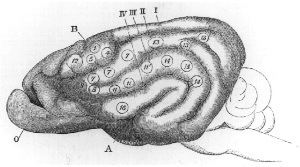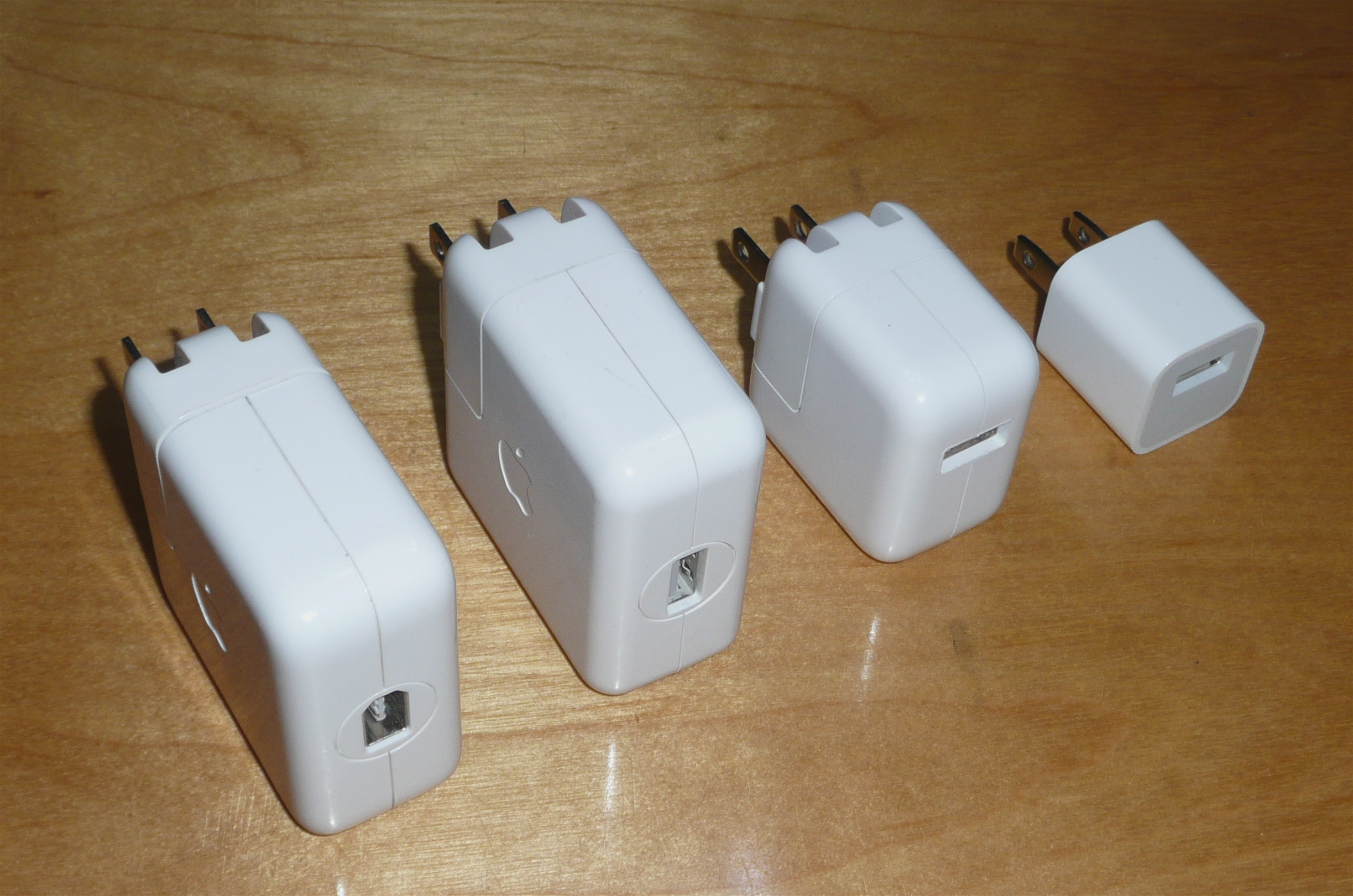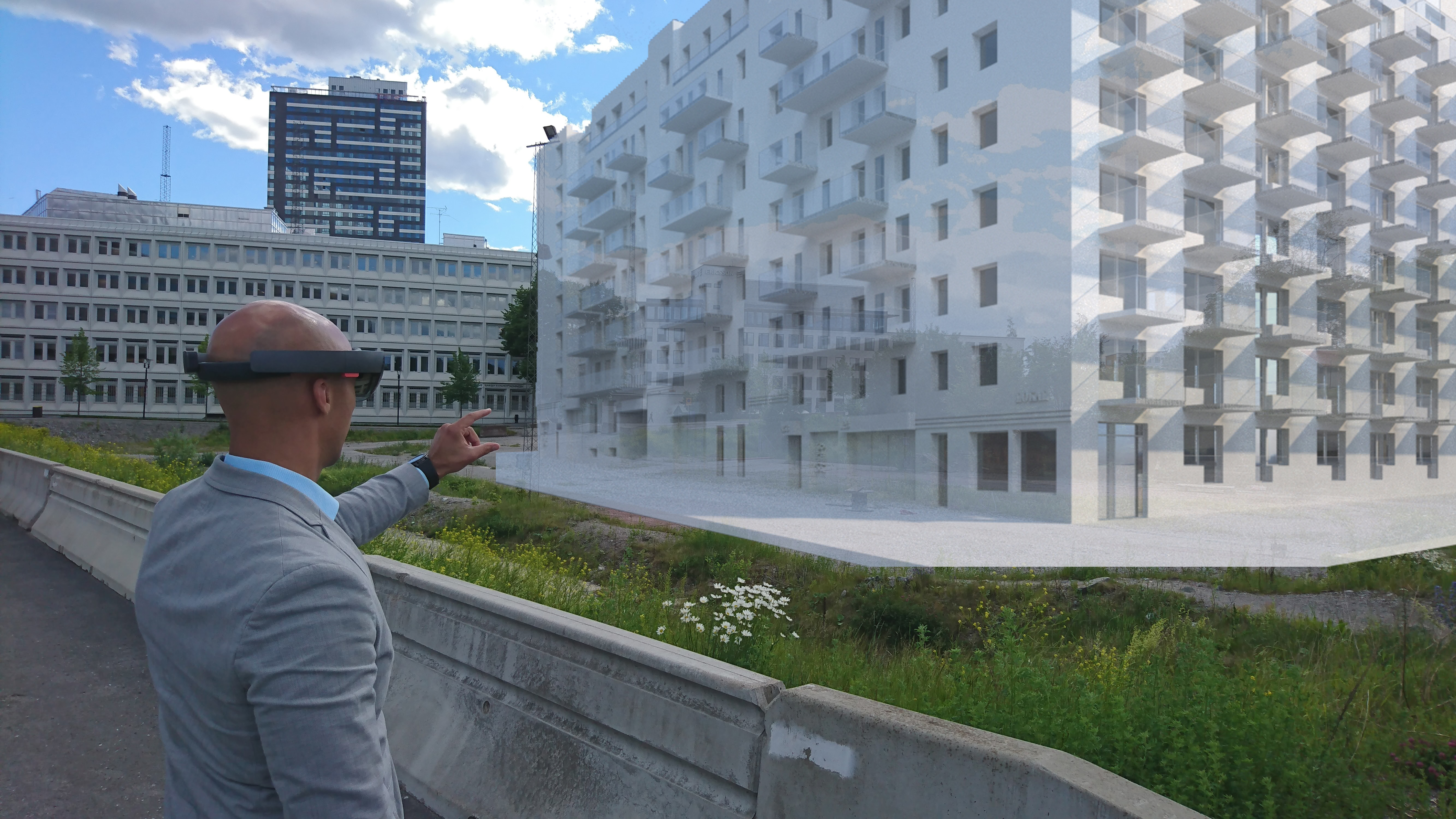|
Sensory Substitution
Sensory substitution is a change of the characteristics of one sensory modality into stimuli of another sensory modality. A sensory substitution system consists of three parts: a sensor, a coupling system, and a stimulator. The sensor records stimuli and gives them to a coupling system which interprets these signals and transmits them to a stimulator. In case the sensor obtains signals of a kind not originally available to the bearer it is a case of sensory augmentation. Sensory substitution concerns human perception and the plasticity of the human brain; and therefore, allows us to study these aspects of neuroscience more through neuroimaging. Sensory substitution systems may help people by restoring their ability to perceive certain defective sensory modality by using sensory information from a functioning sensory modality. History The idea of sensory substitution was introduced in the 1980s by Paul Bach-y-Rita as a means of using one sensory modality, mainly tactition, to gai ... [...More Info...] [...Related Items...] OR: [Wikipedia] [Google] [Baidu] |
Sensory Modality
Stimulus modality, also called sensory modality, is one aspect of a stimulus (physiology), stimulus or what is Perception, perceived after a stimulus. For example, the Thermoception, temperature modality is registered after heat or cold stimulate a Thermoreceptor, receptor. Some sensory modalities include: light, sound, temperature, taste, pressure, and Olfaction, smell. The type and location of the sensory receptor activated by the stimulus plays the primary role in coding the sensation. All sensory modalities work together to heighten stimuli sensation when necessary. Multimodal perception Multimodal perception is the ability of the mammalian nervous system to combine all of the different inputs of the sensory nervous system to result in an enhanced detection or identification of a particular stimulus. Combinations of all sensory modalities are done in cases where a single sensory modality results in an ambiguous and incomplete result. multisensory integration, Integration ... [...More Info...] [...Related Items...] OR: [Wikipedia] [Google] [Baidu] |
Cortical Remapping
Cortical remapping, also referred to as cortical reorganization, is the process by which an existing cortical map is affected by a stimulus resulting in the creating of a 'new' cortical map. Every part of the body is connected to a corresponding area in the brain which creates a cortical map. When something happens to disrupt the cortical maps such as an amputation or a change in neuronal characteristics, the map is no longer relevant. The part of the brain that is in charge of the amputated limb or neuronal change will be dominated by adjacent cortical regions that are still receiving input, thus creating a remapped area. Remapping can occur in the sensory or motor system. The mechanism for each system may be quite different. Cortical remapping in the somatosensory system happens when there has been a decrease in sensory input to the brain due to deafferation, deafferentation or amputation, as well as a sensory input increase to an area of the brain. Motor system remapping receive ... [...More Info...] [...Related Items...] OR: [Wikipedia] [Google] [Baidu] |
Bulbous Corpuscle
The bulbous corpuscle, Ruffini ending or Ruffini corpuscle is a slowly adapting mechanoreceptor A mechanoreceptor, also called mechanoceptor, is a sensory receptor that responds to mechanical pressure or distortion. Mechanoreceptors are located on sensory neurons that convert mechanical pressure into action potential, electrical signals tha ... located in the cutaneous tissue between the dermal papillae and the hypodermis. It is named after Angelo Ruffini. Structure Ruffini corpuscles are enlarged dendritic endings with elongated capsules. Function This spindle-shaped receptor is sensitive to skin stretch, and contributes to the kinesthetic sense of and control of finger position and movement. They are at the highest density around the fingernails where they act in monitoring slippage of objects along the surface of the skin, allowing modulation of grip on an object. Ruffini corpuscles respond to sustained pressure and show very little adaptation. Ruffinian endings are ... [...More Info...] [...Related Items...] OR: [Wikipedia] [Google] [Baidu] |
Meissner's Corpuscle
Tactile corpuscles or Meissner's corpuscles are a type of mechanoreceptor discovered by anatomist Georg Meissner (1829–1905) and Rudolf Wagner. This corpuscle is a type of nerve ending in the skin that is responsible for sensitivity to pressure. In particular, they have their highest sensitivity (lowest threshold) when sensing vibrations between 10 and 50 hertz. They are rapidly adaptive receptors. They are most concentrated in thick hairless skin, especially at the finger pads. Structure Tactile corpuscles are encapsulated myelinated nerve endings, surrounded by Schwann cells. The encapsulation consists of flattened supportive cells arranged as horizontal lamellae surrounded by a connective tissue capsule. The corpuscle is 30–140 μm in length and 40–60 μm in diameter. A single nerve fiber meanders between the lamellae and throughout the corpuscle. Location They are distributed on various areas of the skin, but concentrated in areas especially sensitive to lig ... [...More Info...] [...Related Items...] OR: [Wikipedia] [Google] [Baidu] |
Lamellar Corpuscle
The Pacinian corpuscle (also lamellar corpuscle, or Vater–Pacini corpuscle) is a low-threshold mechanoreceptor responsive to vibration or pressure, found in the skin and other internal organs. In the skin it is one of the four main types of cutaneous receptors. The corpuscles are present in skin notably on both surfaces of the hands and feet, arms, and neck. Pacinian corpuscles are also found on bone periosteum, joint capsules, the pancreas and other internal organs, the breast, genitals, and lymph nodes. Pacinian corpuscles are rapidly adapting mechanoreceptors. As phasic receptors they respond quickly but briefly to a stimulus with the response diminishing even when the stimulus is maintained. They primarily respond to vibration, and deep pressure. They are especially sensitive to high-frequency vibrations. Groups of corpuscles sense pressure changes (such as on grasping or releasing an object). They are additionally crucially involved in proprioception. The vibrational rol ... [...More Info...] [...Related Items...] OR: [Wikipedia] [Google] [Baidu] |
Electrical Stimulation
Functional electrical stimulation (FES) is a technique that uses low-energy electrical pulses to artificially generate body movements in individuals who have been paralyzed due to injury to the central nervous system. More specifically, FES can be used to generate muscle contraction in otherwise paralyzed limbs to produce functions such as grasping, walking, bladder voiding and standing. This technology was originally used to develop neuroprostheses that were implemented to permanently substitute impaired functions in individuals with spinal cord injury (SCI), head injury, stroke and other neurological disorders. In other words, a person would use the device each time he or she wanted to generate a desired function.M.R. Popovic, K. Masani and S. Micera, "Chapter 9 – Functional Electrical Stimulation Therapy: Recovery of function following spinal cord injury and stroke," In press, Neurorehabilitation Technology – Second Edition, Z. Rymer, T. Nef and V. Dietz, Ed. Springer Sci ... [...More Info...] [...Related Items...] OR: [Wikipedia] [Google] [Baidu] |
Miniaturization
Miniaturization ( Br.Eng.: ''miniaturisation'') is the trend to manufacture ever-smaller mechanical, optical, and electronic products and devices. Examples include miniaturization of mobile phones, computers and vehicle engine downsizing. In electronics, the exponential scaling and miniaturization of silicon MOSFETs (MOS transistors) leads to the number of transistors on an integrated circuit chip doubling every two years, an observation known as Moore's law. This leads to MOS integrated circuits such as microprocessors and memory chips being built with increasing transistor density, faster performance, and lower power consumption, enabling the miniaturization of electronic devices. Electronic circuits The history of miniaturization is associated with the history of information technology based on the succession of switching devices, each smaller, faster, and cheaper than its predecessor. During the period referred to as the Second Industrial Revolution (), miniaturizati ... [...More Info...] [...Related Items...] OR: [Wikipedia] [Google] [Baidu] |
Peter Bartus Leonard Meijer
Peter may refer to: People * List of people named Peter, a list of people and fictional characters with the given name * Peter (given name) ** Saint Peter (died 60s), apostle of Jesus, leader of the early Christian Church * Peter (surname), a surname (including a list of people with the name) Culture * Peter (actor) (born 1952), stage name Shinnosuke Ikehata, a Japanese dancer and actor * ''Peter'' (1934 film), a film directed by Henry Koster * ''Peter'' (2021 film), a Marathi language film * "Peter" (''Fringe'' episode), an episode of the television series ''Fringe'' * ''Peter'' (novel), a 1908 book by Francis Hopkinson Smith * "Peter" (short story), an 1892 short story by Willa Cather * ''Peter'' (album), a 1972 album by Peter Yarrow * ''Peter'', a 1993 EP by Canadian band Eric's Trip * "Peter", 2024 song by Taylor Swift from '' The Tortured Poets Department: The Anthology'' Animals * Peter (Lord's cat), cat at Lord's Cricket Ground in London * Peter (chief mouser), Chi ... [...More Info...] [...Related Items...] OR: [Wikipedia] [Google] [Baidu] |
Smith-Kettlewell Institute
The Smith-Kettlewell Eye Research Institute is a nonprofit research institute in San Francisco, California, with a focus on vision science and rehabilitation engineering. It was founded in 1959 by Arthur Jampolsky and Alan B. Scott, when some members of Stanford University's Ophthalmology Department elected to stay in San Francisco rather than move to Palo Alto. Scientific contributions The Institute did early experiments in sensory substitution, especially the substitution of tactile information for visual information to help blind people navigate and other methods to obtain accessible technology. This research is often performed by scientists who are blind, such as Josh Miele. The institute's use of botulinum toxin in humans as a therapy to treat strabismus. This initial therapeutic use led to later cosmetic use in Botox. Other impactful work involved Anthony Norcia's study of vision in infants and Erich Sutter's invention of the multifocal electroretinogram and of the m ... [...More Info...] [...Related Items...] OR: [Wikipedia] [Google] [Baidu] |
Augmented Reality
Augmented reality (AR), also known as mixed reality (MR), is a technology that overlays real-time 3D computer graphics, 3D-rendered computer graphics onto a portion of the real world through a display, such as a handheld device or head-mounted display. This experience is seamlessly interwoven with the physical world such that it is perceived as an immersion (virtual reality), immersive aspect of the real environment. In this way, augmented reality alters one's ongoing perception of a real-world environment, compared to virtual reality, which aims to completely replace the user's real-world environment with a simulated one. Augmented reality is typically visual, but can span multiple sensory Modality (human–computer interaction), modalities, including Hearing, auditory, haptic perception, haptic, and Somatosensory system, somatosensory. The primary value of augmented reality is the manner in which components of a digital world blend into a person's perception of the real world, ... [...More Info...] [...Related Items...] OR: [Wikipedia] [Google] [Baidu] |
Game
A game is a structured type of play usually undertaken for entertainment or fun, and sometimes used as an educational tool. Many games are also considered to be work (such as professional players of spectator sports or video games) or art (such as games involving an artistic layout such as mahjong, solitaire, or some video games). Games have a wide range of occasions, reflecting both the generality of its concept and the variety of its play. Games are sometimes played purely for enjoyment, sometimes for achievement or reward as well. They can be played alone, in teams, or online; by amateurs or by professionals. The players may have an audience of non-players, such as when people are entertained by watching a chess championship. On the other hand, players in a game may constitute their own audience as they take their turn to play. Often, part of the entertainment for children playing a game is deciding who is part of their audience and who participates as a player. A ... [...More Info...] [...Related Items...] OR: [Wikipedia] [Google] [Baidu] |
Tactile-visual Sensory Substitution
Sensory substitution is a change of the characteristics of one sensory modality into stimuli of another sensory modality. A sensory substitution system consists of three parts: a sensor, a coupling system, and a stimulator. The sensor records stimuli and gives them to a coupling system which interprets these signals and transmits them to a stimulator. In case the sensor obtains signals of a kind not originally available to the bearer it is a case of sensory augmentation. Sensory substitution concerns human perception and the plasticity of the human brain; and therefore, allows us to study these aspects of neuroscience more through neuroimaging. Sensory substitution systems may help people by restoring their ability to perceive certain defective sensory modality by using sensory information from a functioning sensory modality. History The idea of sensory substitution was introduced in the 1980s by Paul Bach-y-Rita as a means of using one sensory modality, mainly tactition, to gain ... [...More Info...] [...Related Items...] OR: [Wikipedia] [Google] [Baidu] |






